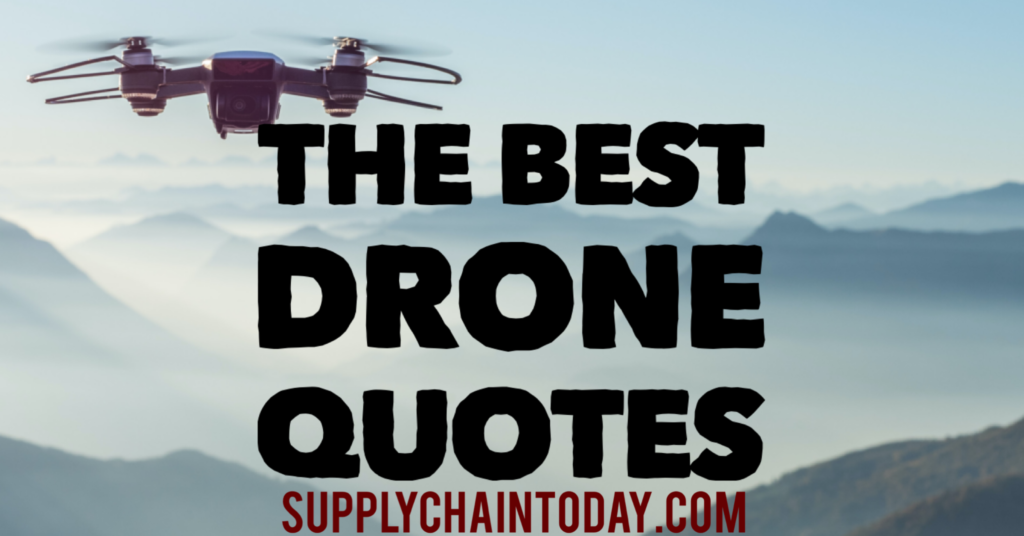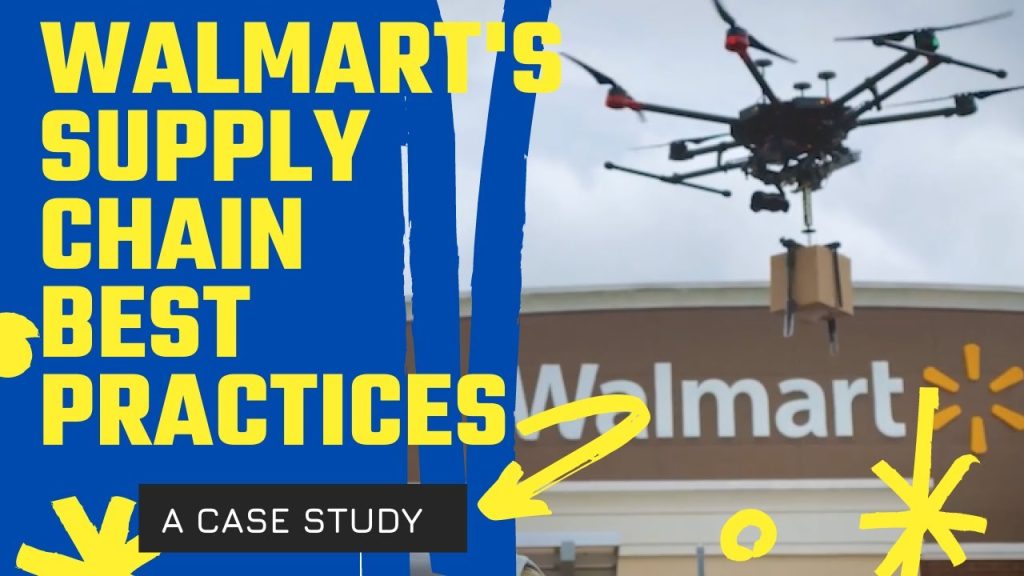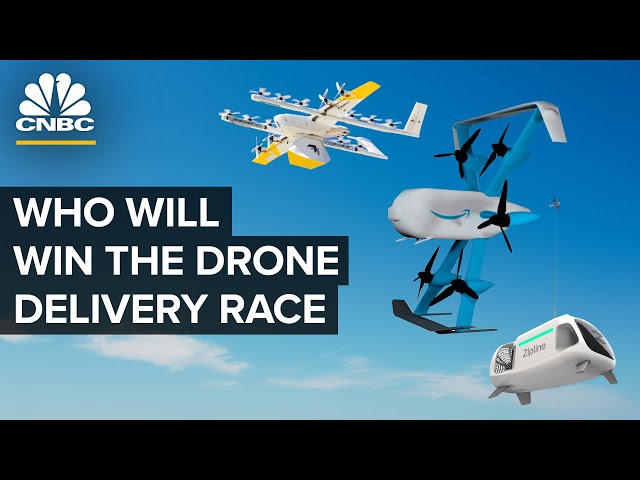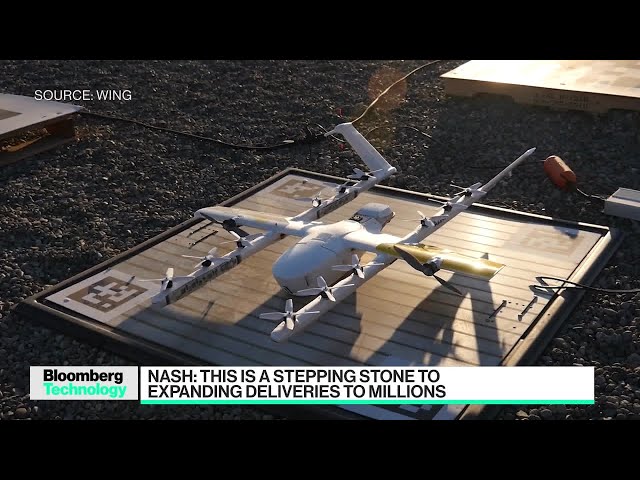Can delivery drones and robots make it in “the last mile”?
Ecommerce giants are testing out delivery drones and robots for the last mile of delivery. Companies have a goal of 30 minute delivery. For that to be possible then delivery drones will have to become a reality.
Delivery drones and robots have the potential to make it in “the last mile” of the delivery process, however, there are several factors that will determine their success.
- Regulatory environment: The use of drones and robots for delivery is currently regulated by the Federal Aviation Administration (FAA) and other government bodies. In order for drones and robots to be used for delivery, they must meet safety and operational standards set by these agencies.
- Technical capabilities: Drones and robots must have the technical capabilities to navigate in various weather conditions, avoid obstacles, and make deliveries to specific locations. They also need to be able to operate autonomously, without human intervention.
- Cost-effectiveness: Drones and robots must be able to deliver packages at a cost that is competitive with traditional delivery methods. This will require advancements in technology and economies of scale to reduce the cost of deployment.
- Public acceptance: Drones and robots must be able to operate in crowded urban areas without creating a disturbance or safety concerns for the public. They also must be able to deliver packages securely and without risk of theft or damage.
- Last Mile logistics: Drones and robots need to be able to perform the last mile delivery to the final destination, including navigating complex and crowded urban areas, and have the capability to reach remote and hard-to-reach areas.
Key Issues with Drone Last Mile Delivery
1. Regulatory hurdles:
- Airspace regulations: Currently, drone operation in most countries is heavily regulated, with restrictions on altitude, flight paths, and payloads. These regulations need to be adapted to accommodate widespread drone delivery.
- Privacy concerns: The use of drones for delivery raises concerns about privacy, as they can capture images and videos of people and property. Regulations and policies need to be established to address these concerns.
- Security concerns: Drones could be used to deliver illegal goods or to attack people or property. Robust security measures need to be implemented to mitigate these risks.
2. Technical limitations:
- Battery life: Current drone technology limits flight time to around 30 minutes, which restricts delivery range. Advancements in battery technology are needed for longer flight times.
- Payload capacity: Most drones can only carry small payloads, limiting the types of goods that can be delivered. This can restrict the commercial viability of drone delivery.
- Weather conditions: Drones are susceptible to wind, rain, and snow, which can limit their operability and reliability.
3. Public acceptance:
- Noise pollution: Drones can be noisy, which may cause annoyance to residents in delivery zones. Quieter drone technology is needed to address this issue.
- Safety concerns: The public may have concerns about the safety of drones flying overhead, especially in densely populated areas. Measures need to be taken to ensure the safety of drone operations.
- Visual impact: The sight of drones flying in the sky may be perceived as an intrusion by some people. This could affect public acceptance of drone delivery.
4. High operational costs:
- Infrastructure costs: Building and maintaining the infrastructure needed for drone delivery, such as landing pads and charging stations, can be expensive.
- Drone costs: The cost of drones themselves can be high, particularly for models with longer range and higher payload capacity.
- Labor costs: Operating and maintaining drones requires skilled personnel, which can add to the cost of delivery.
Despite these challenges, drone last-mile delivery has the potential to revolutionize the logistics industry. Companies are actively working to address the technical and regulatory hurdles, and public acceptance is gradually growing. As the technology matures and costs decline, drone delivery could become a viable and widespread solution for last-mile delivery in the future.
Quotes on Drone Delivery and Logistics
- “I predict that, because of artificial intelligence and its ability to automate certain tasks that in the past were impossible to automate, not only will we have a much wealthier civilization, but the quality of work will go up very significantly and a higher fraction of people will have callings and careers relative to today.” ~Jeff Bezos
- “A corporation is a living organism; it has to continue to shed its skin. Methods have to change. Focus has to change. Values have to change. The sum total of those changes is transformation.” ~ Andrew Grove, former Intel CEO
- “Labor accounts for 75% of the cost of transporting shipments by truck, so adopters can begin to realize those savings. Beyond that, while truckers are prohibited from driving more than 11 hours per day without taking an eight-hour break, a driverless truck can drive for the entire day.” ~Ryan Petersen
- “Leaders win through logistics. Vision, sure. Strategy, yes. But when you go to war, you need to have both toilet paper and bullets at the right place at the right time. In other words, you must win through superior logistics.” ~Tom Peters
- “Logistics is the ball and chain of armored warfare.” ~Heinz Guderian
- “Those in supply chain know the impossible is possible.” ~Dave Waters
- “Machine Learning and Deep Learning will revolutionize Supply Chain Automation.” ~SupplyChainToday.com
Delivery Drones and Robot Training
- 10 Passenger Drones and Vertical Take-off and Landing Aircraft.
- Amazon Delivery Drones – unmanned airship to launch its delivery drones.
- Amazon Prime Air made its first drone delivery
- Artificial Intelligence and Robot Quotes.
- Best Drone Quotes.
- Blogs about Big Data, Blockchain, IoT, Drones, Artificial Intelligence, Machine Learning, Deep Learning and Augmented Reality.
- Blogs on self-driving cars, robots, and drones.
- Delivery Drones – DHL steals UPS thunder.
- Drones are growing into a $100 billion industry
- Introduction to Deep Learning Self-Driving Cars.
- Robot Workers Moving Boxes – Replacing Humans?
- The Delivery Robot Changes the Logistics Landscape.
- Top 6 Self Driving (Autonomous) Delivery Robots.
- UPS tests residential drone delivery



